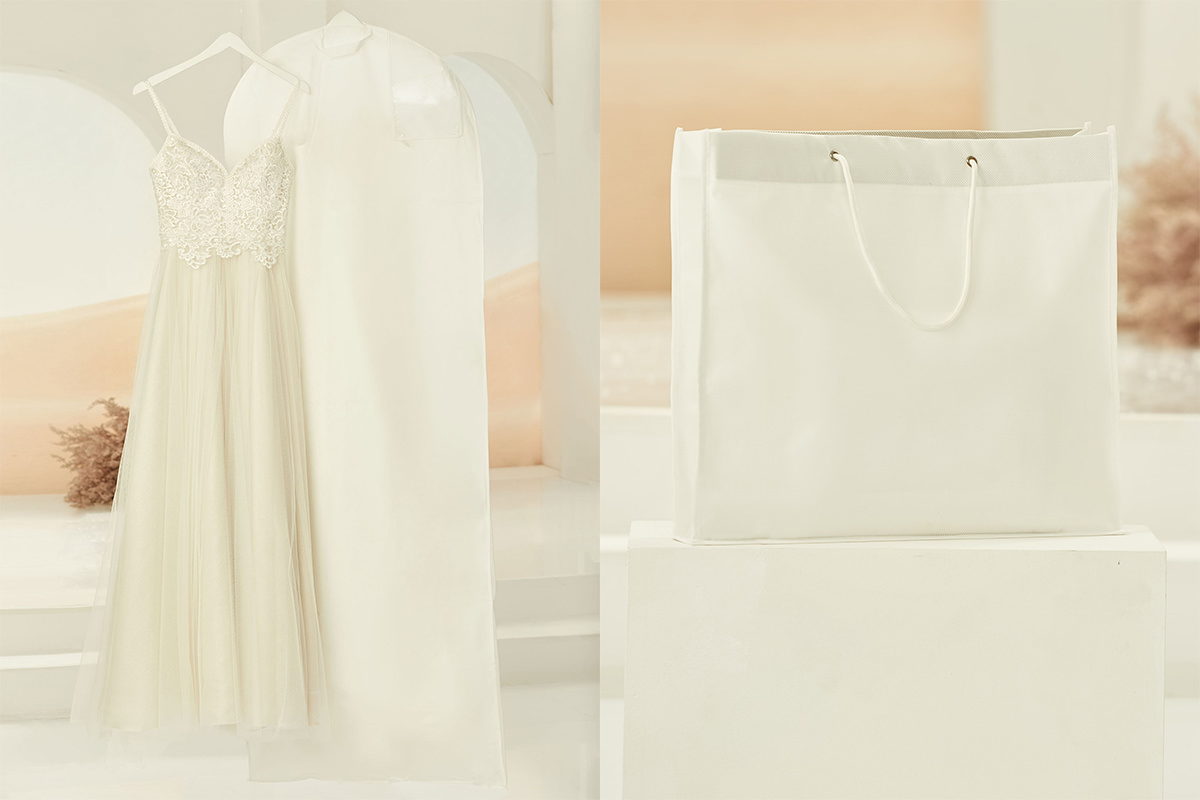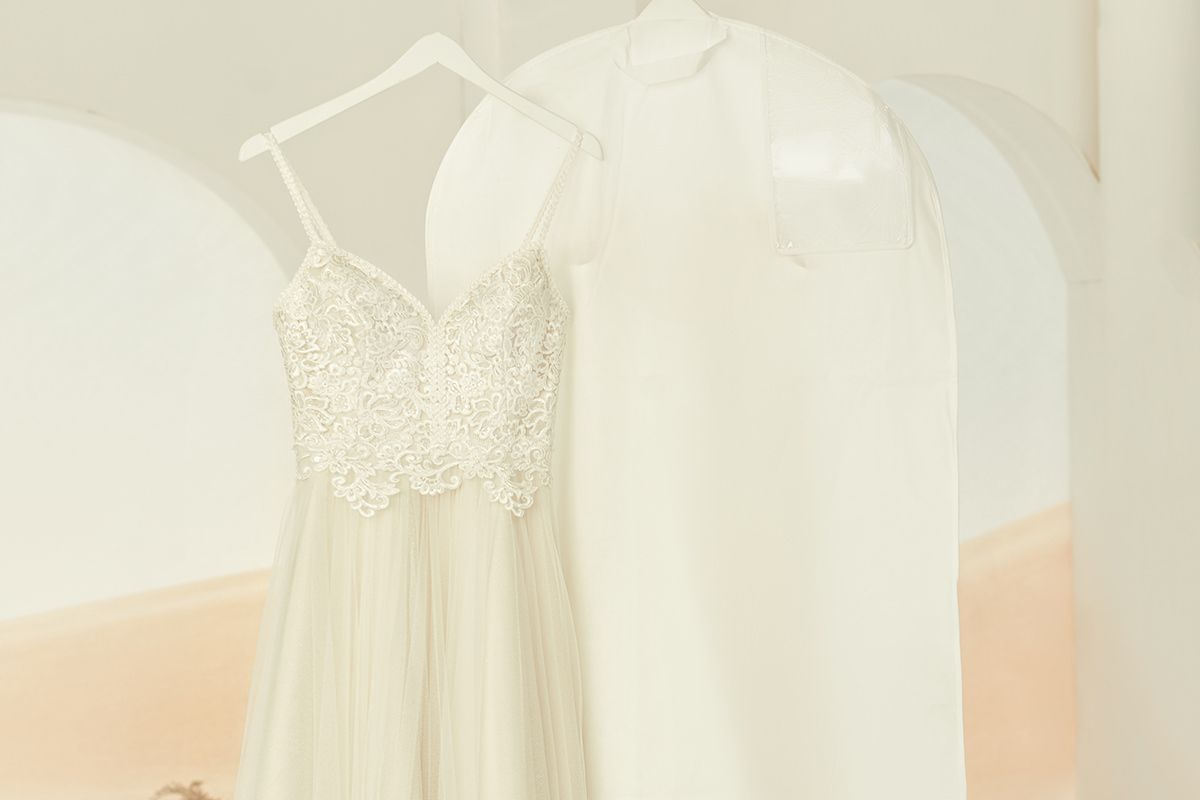Comparative Analysis: Tulle Dress Covers vs. Traditional Garment Bags

When it comes to protecting a prized possession such as a wedding gown, the choice between using a tulle dress cover and a traditional garment bag is crucial. Each option offers distinct benefits and drawbacks depending on the material, design, and intended use. This comparative analysis aims to help brides and bridal boutiques understand which option might be best for preserving and protecting wedding attire.
Understanding Tulle Dress Covers
Material and Design: Tulle dress covers are specifically designed to protect more delicate fabrics like lace and tulle, which are commonly used in bridal wear. These covers are usually made from soft, breathable materials that prevent snagging and allow the fabric of the dress to breathe, thereby reducing the risk of moisture build-up which can lead to mildew.
Protection: Tulle dress covers offer a gentle yet effective barrier against dust, dirt, and light exposure. The softness of the material ensures that the intricate details of a wedding dress, such as beading or embroidery, are not damaged during storage or transportation.
Suitability: These covers are particularly suitable for shorter-term storage, such as during the lead-up to a wedding or between fittings. They are also ideal for transporting wedding dresses to and from venues without adding extra weight or bulk.

Understanding Traditional Garment Bags
Material and Design: Traditional garment bags are often made from heavier materials like vinyl or thicker fabrics. These materials are more robust and provide excellent protection against elements like water or harsh environmental conditions. The design of traditional garment bags can vary significantly, with some featuring additional pockets for accessories.
Protection: Due to their sturdier construction, traditional garment bags are better suited for long-term storage and offer superior protection against harsh conditions. They are ideal for travel, protecting the dress from not only dirt and dust but also from potential spills and tears.
Suitability: Garment bags are a good choice for brides who need to transport their dress over long distances, such as for a destination wedding. They are also suitable for storing the wedding dress long after the wedding day, especially in fluctuating climates.

Key Differences
1. Breathability:
- Tulle Dress Covers: More breathable, preventing moisture accumulation and mildew.
- Traditional Garment Bags: Less breathable, which can sometimes lead to moisture-related issues if not properly ventilated.
2. Weight and Bulk:
- Tulle Dress Covers: Lighter and less bulky, easier to handle during transport.
- Traditional Garment Bags: Generally heavier and bulkier, offering robust protection.
3. Visual Appeal:
- Tulle Dress Covers: Often more visually appealing and less industrial-looking than traditional bags.
- Traditional Garment Bags: More utilitarian in appearance, designed for functionality over style.
4. Cost:
- Tulle Dress Covers: May be less expensive due to simpler materials.
- Traditional Garment Bags: Can be more expensive, especially if featuring enhancements for travel and protection.
Conclusion
The choice between a tulle dress cover and a traditional garment bag largely depends on the specific needs of the bride and the conditions under which the dress will be stored or transported. For brides looking for lightweight, breathable protection, particularly during the days surrounding their wedding, tulle dress covers are ideal. For those needing more durable solutions, particularly for long-term storage or rugged travel conditions, traditional garment bags might be the better option.
By understanding these key differences and assessing your personal needs, you can ensure that your wedding gown remains pristine from the day you purchase it until it's time to walk down the aisle—or even years later, should you choose to preserve it as a cherished keepsake. Choose wisely to keep your beautiful dress safe and sound in the lead-up to, during, and after your special day.











